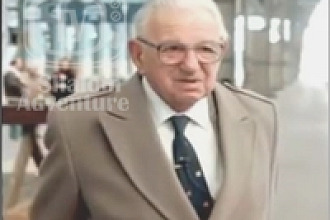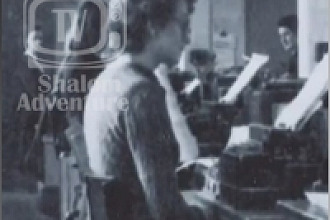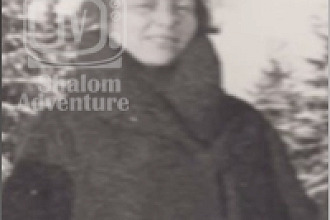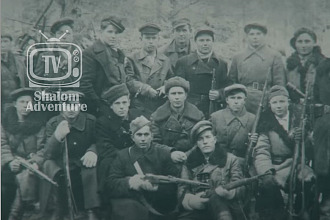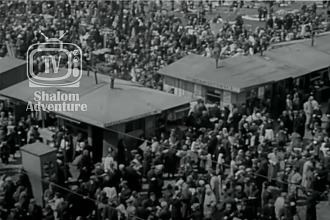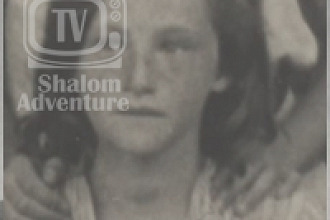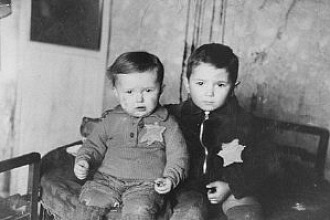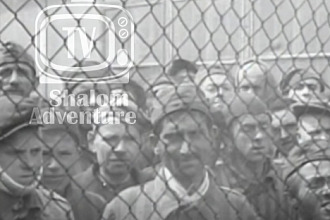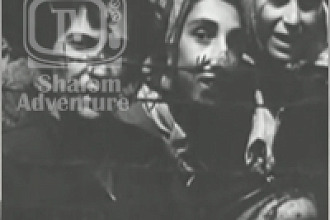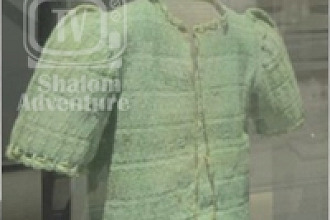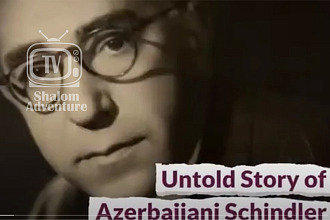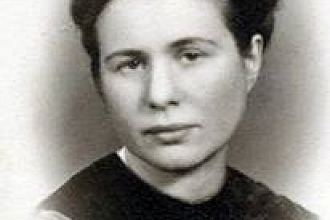Alina Dabrowska, a survivor of the Auschwitz-Birkenau concentration camp in the occupied Polish town of Oswiecim spent the next five decades unable to set foot on the grounds of the camp. Even decades later, she attempted to take her to see Auschwitz, but it was too much for her to relive. Listen to this interview with her to learn more about her story:
"I had heard about the Auschwitz camp before. When I was in prison, I was there for the whole year, I heard that people were dying on a daily basis there (in Auschwitz),” Dabrowska said in TVN24 News. “Also, that there was no food there. Unfortunately, the reality turned out to be much worse. They took us to some sort of a big room and told us to strip naked. The second memorable moment was when they shaved our heads. We looked terrible. Some of the girls were crying. They gave me two shoes, each from a different pair. That dress I got or any other clothes were all infested with lice.”
“None of us believed that people worked in the mud, that when someone could not work they were shot, that there were piles of bodies. After I arrived, I did not need to imagine, I saw it. That is why after the war I could not come here for 50 years. Because I did not see people, I only saw prisoners or bodies or the smoking chimneys of crematoriums,” Dabrowska recalled in Voice of America News.
Dabrowska was subjected to the atrocities of the Nazi physician Josef Mengele, and experiments where she was intentionally infected with typhus so that her body could be used to test different medicines, ITV News reported.
"When I was at the block, all I felt was despair,” Dabrowska continued. “Despair that I had to go through all that. I wasn't just a witness, I took a part in this. This was my life.”
Written by Erin Parfet








